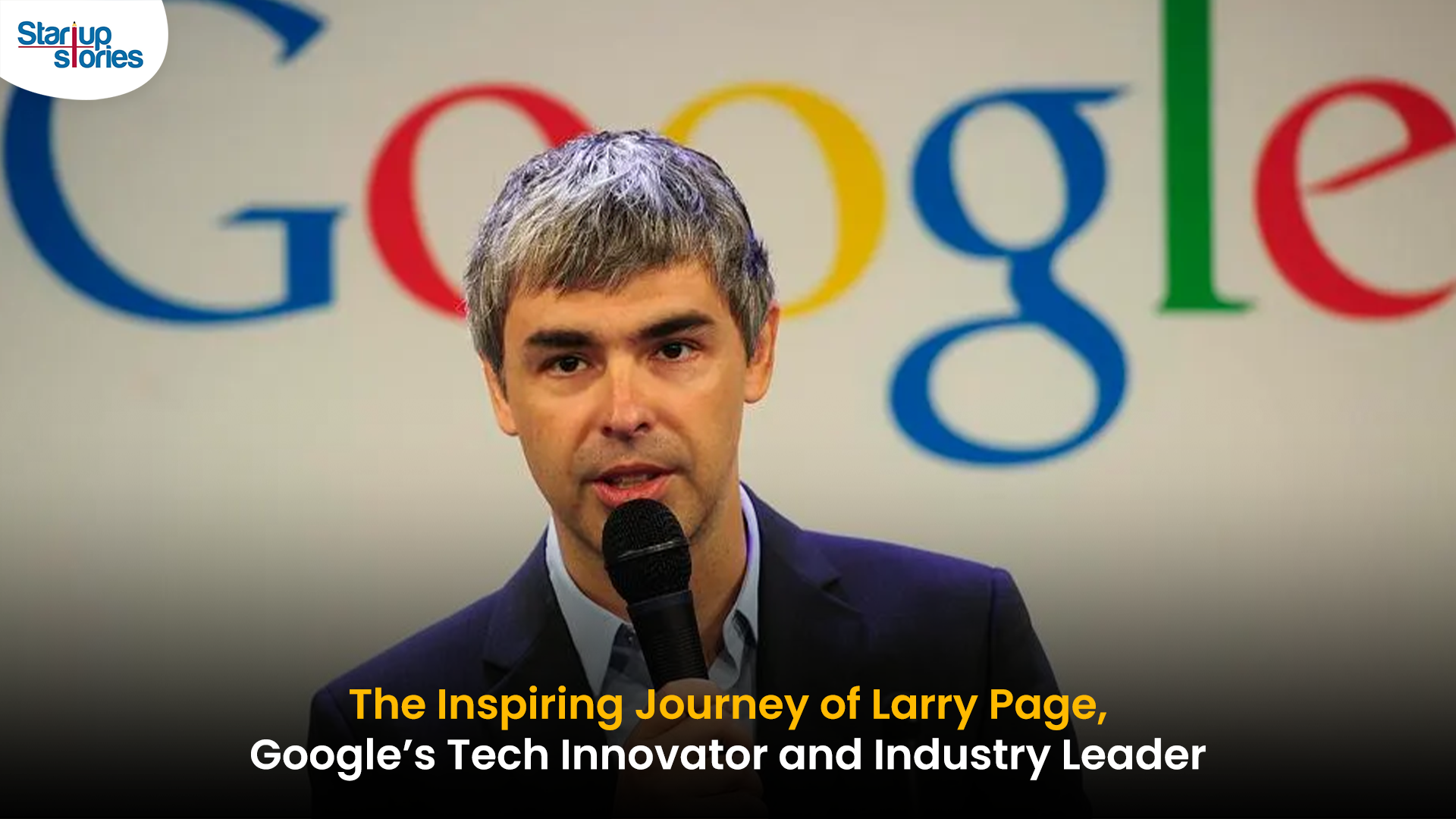Entrepreneur Stories
Shazam: How An Idea Became An Apple Acquired Revolution

If you thought Shazam was a company started just for recognizing song names, then you have some catching up to do! If you confuse this creative startup for a tried, tested and predictable platform, then you are sorely mistaken.
The beginning

Remember a time when you were sitting at a bar/restaurant and could not for the life of you remember what the name of the song you are listening to was called? These moments can be broadly classified into two parts: the pre Shazam moment and the post Shazam moment. The pre Shazam times were extremely infuriating, a time where you would be plagued for eternity when your memory deserted you. Post Shazam, everything in the music industry changed and life became extremely easy!
When Shazam was founded in the year 1999, there was a host of other apps which were launched during this period as well. Unfortunately (or fortunately for Shazam,) these apps crashed and burned as swiftly as they surfaced, making it difficult for people to believe in the emergence of something new or exciting to look forward to. Be it through luck, chance or by using innovative and cutting edge technology, Shazam managed to stay afloat amidst all the crashes.
The technology used for creating Shazam was extremely creative. What worked for Shazam in the initial years was that back then, music in the digital form did not exist. By creating a user interface with the perfect syndication of recognising music, enabling messaging services and music discovery, Shazam set itself apart in more ways than one. One of the major reasons behind the staggering success of this app was the fact that it used technology to its complete advantage! Despite CD players and recorders already existing, of smartphones and the sudden rise in their popularity.
The change in Shazam’s success route

The emergence of smartphones opened new doors for Shazam. While the technology used by smartphones for music was similar to this music recognition app’s software, it still helped create a large new database for users. With more and more people buying the app on a regular basis, people started associating music with the big red button that would help you discover songs you did not know about. Digital music also started emerging in a swift manner and Shazam soared to new heights by riding on this new growth wave.
This shift had a considerable effect on the way music was being bought as well. While Apple’s iTunes may have been instrumental in helping people buy individual tracks as opposed to entire albums, it was Shazam who first made this possible. Their selling factor was simple: listen to the track, like the track, find out about the track and buy the track! By the time this app was taken over by Apple, it accounted for a little more than 10 % of the music sales world over.
Shazam’s eventual fall and take over by Apple

With the decline of MP3 players and an increase in the amount of data one could store on their phone, buying music started becoming a thing of the past. Although people were still buying music, Shazam’s presence in the market was about to be disturbed by the entrance of an evolution in the form of Apple!
On 10th July, 2008, soon after launching the first ever iPhone and a little after launching iPhone 3G, Apple opened its doors to apps which wanted to be a part of this new wave. The first ever Shazam application for the iPhone not only allowed people to discover music, but also to buy, share and play the music they liked! Once the bugs in the previous version were cleaned up, the new interface became more user friendly.
What went wrong for Shazam over the years was that this music sharing and listening app never really had a strong foundation to its name. Apple was sitting on a large influx of cash and its decision of buying out Shazam was not a question of why, but a question of why not. The buyout was crucial and changed the way people listened to music, creating a new way of life not just for avid music lovers, but also for Apple as a company!
Shazam’s rise and fall from success was quite a cautionary tale, warning people that if you play hardball, you have to keep an eye out for the competition as well!
Entrepreneur Stories
Indian Man Quits JPMorgan, Takes 70% Pay Cut to Launch $6 Million Startup

Leaving behind a high-paying job at JPMorgan, an Indian entrepreneur embraced a 70% salary cut to pursue true purpose and passion in the startup world. Disenchanted with what he described as a “robotic” corporate routine, he sought meaningful work that made a real impact. This pivotal decision marked the beginning of his new journey, one focused on value creation rather than titles and corporate perks.
Powered by resilience and fresh perspective, the entrepreneur launched his own startup, prioritizing innovation and hands-on solutions. The road was challenging, but his vision resonated with the market: the startup quickly gained traction and raised $6 million—an impressive acknowledgement of its potential in a competitive landscape. Every hard lesson from early setbacks and bootstrapping paid off in real customer growth and investor confidence.
Today, his journey stands as an inspiring example for professionals seeking authentic success outside the corporate grind. By trading comfort for creative freedom, he grew a venture that solves important problems, generates jobs, and builds wealth beyond just salary. For ambitious founders, his story highlights the power of risk-taking, adaptability, and relentless focus on impact in India’s thriving startup ecosystem.
Videos
Larry Page: The Visionary Co-Founder Behind Google’s Global Success

Larry Page is a visionary technology entrepreneur and co-founder of Google, one of the world’s most influential companies. Born in 1973 in Michigan, Page grew up surrounded by computer technology, which inspired his passion for innovation from an early age. He studied computer engineering at the University of Michigan and later pursued his PhD at Stanford University, where he developed the revolutionary PageRank algorithm with Sergey Brin. This technology fundamentally changed the way search engines rank websites, making Google the most accurate and popular search engine globally.
The journey of Larry Page and Google began in 1998 when they officially launched the search engine from a small garage. Leveraging their unique algorithm, Google quickly surpassed competitors due to its ability to deliver highly relevant search results, transforming internet search forever. Under Larry Page’s leadership as CEO, Google expanded beyond search to launch groundbreaking products including YouTube, Gmail, and Google Maps, turning it into a global tech powerhouse that shapes how we access and interact with information online.
Larry Page later became the CEO of Google’s parent company, Alphabet Inc., driving innovation and investment in next-generation technologies such as artificial intelligence, autonomous vehicles, and healthcare solutions. His visionary leadership and commitment to technological advancement have cemented his legacy as one of the most influential figures in the tech industry. Today, Larry Page remains a key influencer in shaping the future of technology and digital innovation worldwide.
Entrepreneur Stories
India’s Tech Story: Airtel Spreads AI Access, Ohm Mobility Lessons

Bharti Airtel has launched the innovative “Airtel-Perplexity Blueprint,” partnering with Perplexity to provide over 360 million customers free access to Perplexity Pro for a year—a benefit valued at ₹17,000 ($200). This collaboration enables Airtel users across mobile, broadband, and digital TV to harness advanced capabilities in generative AI, including leading AI models like GPT 4.1, Claude, and Gemini, along with up to 300 Pro searches daily, image generation, document analysis, and personalized planning services. The move is seen as a milestone for telecom innovation and the democratization of AI in India, making powerful research and productivity tools accessible to a massive user base.
This strategic partnership positions Airtel as an “AI-first” telecom provider, allowing it to gain key insights into user interactions with artificial intelligence and adapt its networks for growing digital demands. For Perplexity, the tie-up grants exclusive access to India’s vast telecom audience, rapidly propelling the app to the No. 1 spot on the Indian App Store, surpassing global competitors like ChatGPT and Google Gemini. Airtel customers can activate their complimentary subscription seamlessly through the Airtel Thanks App, under the Rewards and OTTs section, reinforcing Airtel’s commitment to digital customer empowerment.
The broader Indian startup ecosystem reflects both breakthrough innovation and hard-earned lessons, illustrated by the recent shutdown of Ohm Mobility, an EV financing startup. Despite multiple pivots and industry-leading investors, Ohm Mobility struggled to achieve a sustainable business model—a reminder of the challenges in market fit and adaptability. As AI adoption accelerates and startup realities evolve, industry leaders like Airtel and Perplexity are setting new standards, while others, like Ohm Mobility, offer valuable insights on resilience and the importance of business model flexibility in India’s dynamic tech landscape.














MM88
November 7, 2025 at 6:51 pm
Với giao diện mượt mà và ưu đãi hấp dẫn, MM88 là lựa chọn lý tưởng cho các tín đồ giải trí trực tuyến.
谷歌蜘蛛池
November 10, 2025 at 2:06 pm
利用强大的谷歌蜘蛛池技术,大幅提升网站收录效率与页面抓取频率。谷歌蜘蛛池
iwin
November 10, 2025 at 7:55 pm
iwin – nền tảng game bài đổi thưởng uy tín, nơi bạn có thể thử vận may và tận hưởng nhiều tựa game hấp
站群程序
November 13, 2025 at 7:12 am
采用高效谷歌站群策略,快速提升网站在搜索引擎中的可见性与权重。谷歌站群
J88
November 13, 2025 at 2:12 pm
Đến với J88, bạn sẽ được trải nghiệm dịch vụ cá cược chuyên nghiệp cùng hàng ngàn sự kiện khuyến mãi độc quyền.
GO88
November 15, 2025 at 8:07 pm
Tham gia cộng đồng game thủ tại Go88 để trải nghiệm các trò chơi bài, poker phổ biến nhất hiện nay.
Kuwin
November 21, 2025 at 10:51 am
kuwin sở hữu kho game đa dạng từ slot đến trò chơi bài đổi thưởng, mang đến cho bạn những giây phút giải trí tuyệt vời.